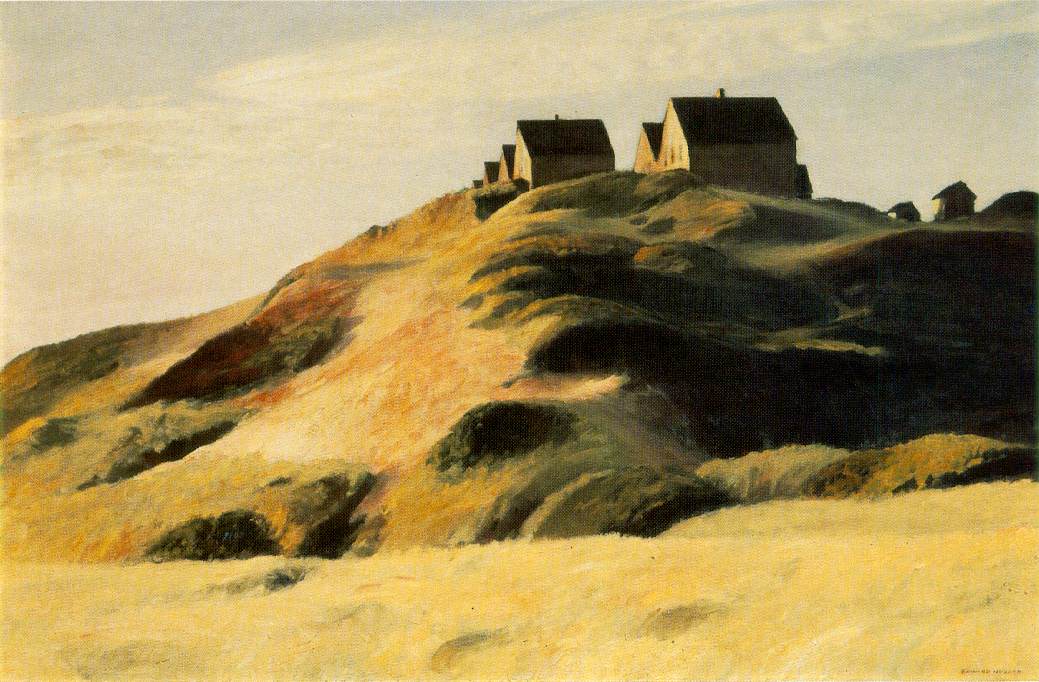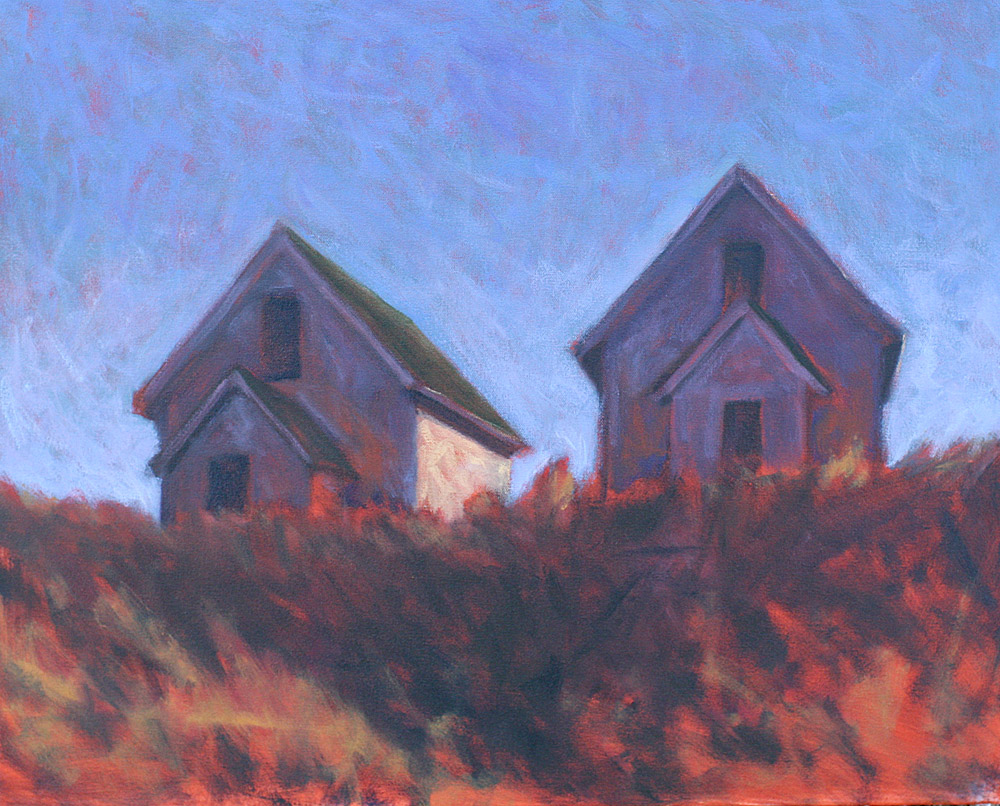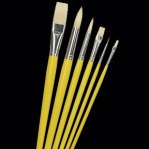 There is a beautiful bluff in Truro, Massachusetts, made famous by Hopper’s “Corn Hill,” a painting painted from what is now (and may have been then) a beach parking lot off Corn Hill Road. I’ve always loved “Corn Hill” as a painting, and being a sometimes Cape Codder, have always loved Cape architecture, particularly the old summer places of past Cape Cod summer residents…homes quickly being purchased, razed, and replaced with massive architectural wonders…beautiful, many of them, but lacking the simplicity of style and timelessness as the building they replace.
There is a beautiful bluff in Truro, Massachusetts, made famous by Hopper’s “Corn Hill,” a painting painted from what is now (and may have been then) a beach parking lot off Corn Hill Road. I’ve always loved “Corn Hill” as a painting, and being a sometimes Cape Codder, have always loved Cape architecture, particularly the old summer places of past Cape Cod summer residents…homes quickly being purchased, razed, and replaced with massive architectural wonders…beautiful, many of them, but lacking the simplicity of style and timelessness as the building they replace.
Last fall I drove to Corn Hill, parked on the side of the narrow, winding road, and hiked the sandy path to the top of the hill, where the cottages stand tightly nestled one to the next. This place feels like one of the last remaining plots of “old Cape Cod” and looks much the same as I suspect it looked when Hopper painted this hill overlooking Cape Cod bay. The painting, “Periwinkle Cottage” is of one of these small, quaint row of summer retreats, and is one of a series of paintings (as is “Corn Hill”, below) inspired by this  beautiful part of Cape Cod.
beautiful part of Cape Cod.
 I suffered a recent epiphany regarding a huge tax deduction I have long overlooked, despite it being right under my nose. Supplies like paint, canvas, stretchers, thinner, lumber for frames, etc all made it to my expenses spreadsheet. But perhaps the most abundantly used “supply” in my studio–the lowly vinyl glove–never made it to my Excel file. It was a bittersweet epiphany, as going forward, I’ll now deduct every box ($5.99 per box, at Target, in the incontinence aisle). But, looking back, I may have left as much as $1,000 of write-offs on the tax table.
I suffered a recent epiphany regarding a huge tax deduction I have long overlooked, despite it being right under my nose. Supplies like paint, canvas, stretchers, thinner, lumber for frames, etc all made it to my expenses spreadsheet. But perhaps the most abundantly used “supply” in my studio–the lowly vinyl glove–never made it to my Excel file. It was a bittersweet epiphany, as going forward, I’ll now deduct every box ($5.99 per box, at Target, in the incontinence aisle). But, looking back, I may have left as much as $1,000 of write-offs on the tax table.
 I’m not normally the quoting type. But sometimes other people say things we wish we had said. Such is the case with an Albert Einstein quote: “Everything should be made as simple as possible, but not simpler.” Wish that was mine. It is, however, how I view developing a composition.
I’m not normally the quoting type. But sometimes other people say things we wish we had said. Such is the case with an Albert Einstein quote: “Everything should be made as simple as possible, but not simpler.” Wish that was mine. It is, however, how I view developing a composition.
In “Cape Bluff,” (left) the old beach house sits on a bluff in Harwich overlooking Cape Cod Bay. There’s another house nearby, a telephone pole, and other elements of clutter, both natural and man-made. But at the core of almost anything one could paint (a street scene, an interior, a trash pile, etc), there is some design element that can be made beautiful. By stripping away (or “drawing out” as some artists like to say) detail, we get to the core of what caught our eye, and of what can become a strong composition. In this piece, the scene was not arresting, but rather ordinary (if you’re familiar with Cape Cod). But the wind-blown cedars and the blast of bright light on the cottage wall, was worth exploring, embellishing and, ultimately simplifying into a painting.
 The Winsor and Newton
The Winsor and Newton  yellow hog hair brushes are the way to go for aggressive painting technique. Sure, the ferules pop off, they shed hog hair until broken in, and lack the bristle fibers of more expensive brushes. But what I love about these is the guilt they appease when you happen to leave a couple overnight to harden irreparably. Or, when a painting really gets going and you’re scrubbing away at that 12 ounce cotton duck, and the brush begins to look like it missed a few doses of Rogaine, you throw it away, along with the $1.99 you spent on it.
yellow hog hair brushes are the way to go for aggressive painting technique. Sure, the ferules pop off, they shed hog hair until broken in, and lack the bristle fibers of more expensive brushes. But what I love about these is the guilt they appease when you happen to leave a couple overnight to harden irreparably. Or, when a painting really gets going and you’re scrubbing away at that 12 ounce cotton duck, and the brush begins to look like it missed a few doses of Rogaine, you throw it away, along with the $1.99 you spent on it.